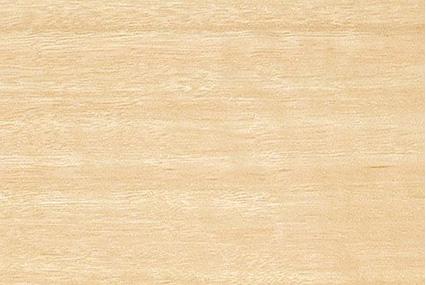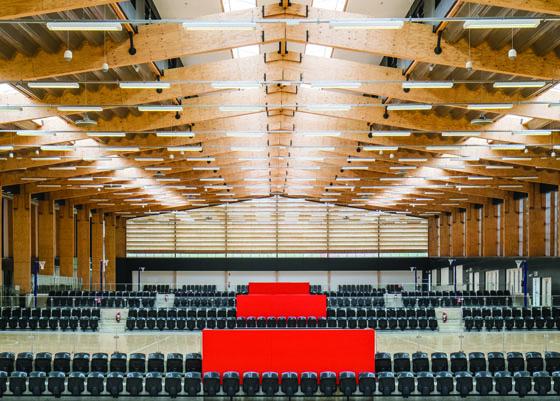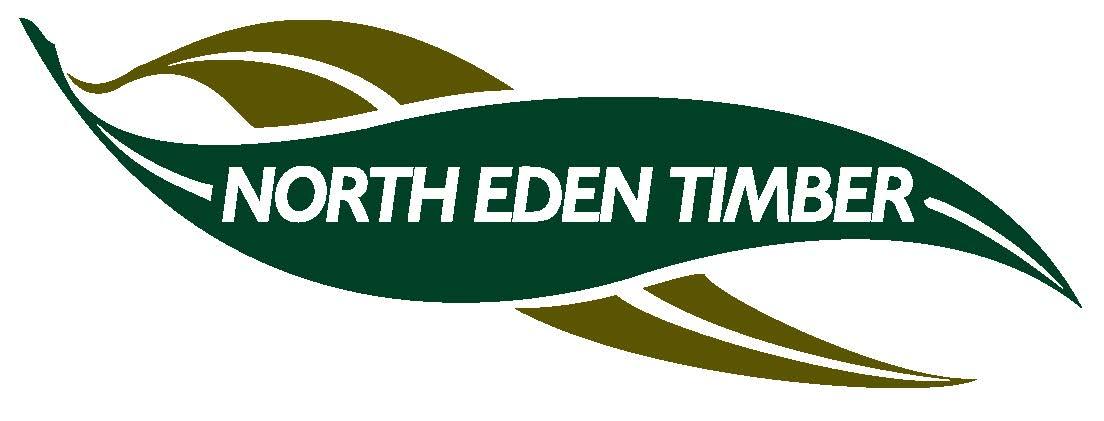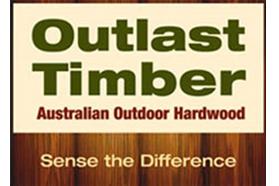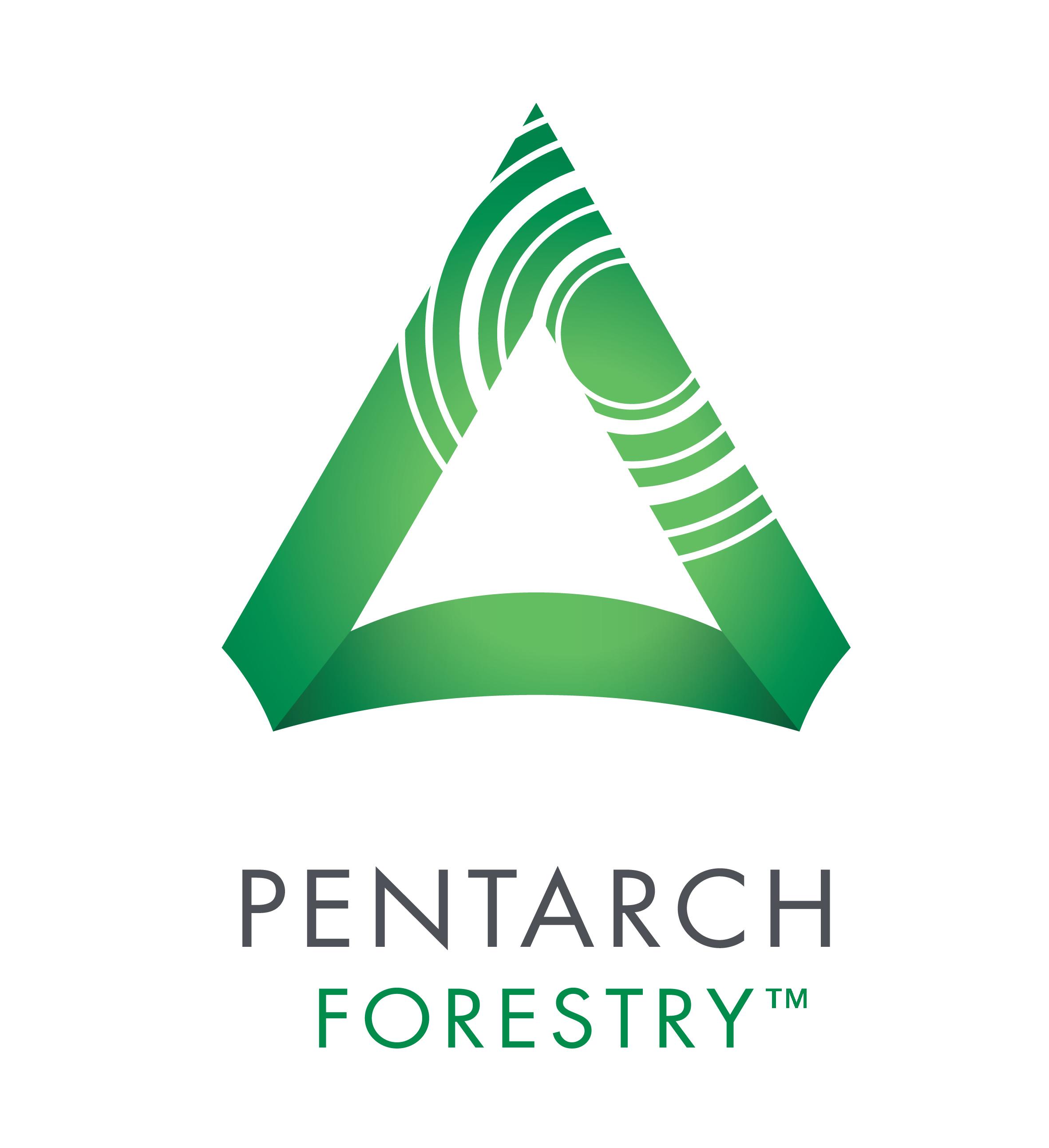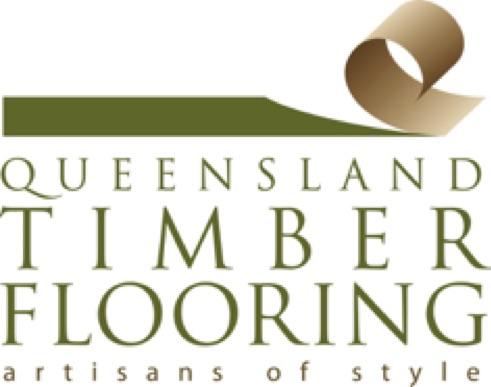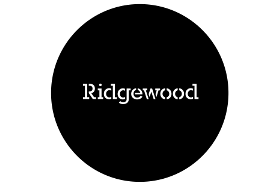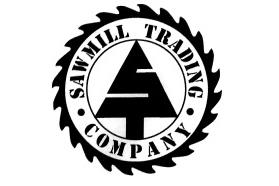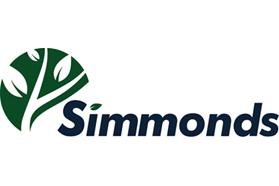Silvertop stringybark is a native Australian hardwood species. Its timber is used in a variety of engineering and construction applications, including posts and sleepers, flooring and decking, structural plywood and glue-laminated members.
Silvertop Stringy
Eucalyptus laevopinea
Silvertop stringybark - named for the grey, fibrous bark extending to the species' upper limbs, which by contrast are whitish and smooth - can attain heights of up to 40 metres. It occurs natively on the coastal fall of tablelands, mainly in northern New South Wales.
The heartwood of this species is a pale brown colour, sometimes with pinkish hues. Its sapwood, up to 50 millimetres in width, is visually indistinct from the true wood. The grain of silvertop stringybark is typically close and straight, with a medium and even texture, relatively free of gum veins.
Silvertop stringybark is a hard timber (rated 2 on a 6-class scale) in relation to both indentation and working with hand tools. It is readily worked by machine, and amenable to the use of standard fittings and fastenings.
In terms of durability, silvertop stringybark is rated as a class 3 hardwood, with an above ground life expectancy of between seven and 15 years, and an in ground life expectancy of between five and 15 years. Silvertop stringybark is not termite-resistant. Sapwood of the species is not susceptible to lyctid borer (powder post beetle) attack, and is readily impregnated with commercially available preservatives.
Applications of silvertop stringybark range from preservative-treated posts, poles, and sleepers to building framework, decking and flooring. It readily accepts paint, stains and polish. Because it glues well with phenolics, Silvertop Stringybark has potential for application in structural plywood and glue-laminated members.
Shrinkage
| Very Low | Low | Medium | High | Very High | |
|---|---|---|---|---|---|
|
|
|||||
|
Tangential :
|
10.00% | ||||
|
Radial :
|
6.00% | ||||
|
Unit Movement Tangential:
|
|||||
|
Unit Movement Radial:
|
Strength Group
| Very High | High | Reasonably High | Medium High | Medium | Reasonably Low | Low | Very Low | |
|---|---|---|---|---|---|---|---|---|
| Unseasoned: | S1 | S2 | S3 | S4 | S5 | S6 | S7 | S8 |
|
|
||||||||
| Seasoned: | SD1 | SD2 | SD3 | SD4 | SD5 | SD6 | SD7 | SD8 |
|
|
Stress Grade
|
Structural No. 1 |
Structural No. 2 |
Structural No. 3 |
Structural No. 4 |
Structural No. 5 |
|
|---|---|---|---|---|---|
| Unseasoned: | F27 | F17 | F14 | F11 | F8 |
| Seasoned: | F34 | F27 | F22 | F17 | F14 |
Density per Standard
| Seasoned: | 850kg/m3 |
|---|---|
| Unseasoned: | 1050kg/m3 |
Joint Group
| Very High | High | Reasonably High | Medium | Low | Very Low | |
|---|---|---|---|---|---|---|
| Unseasoned: | J1 | J2 | J3 | J4 | J5 | J6 |
|
|
||||||
| Seasoned: | JD1 | JD2 | JD3 | JD4 | JD5 | JD6 |
|
|
Colour
| White, yellow, pale straw to light brown | Pink to pink brown | Light to dark red | Brown, chocolate, mottled or streaky | |
|---|---|---|---|---|
|
|
|
|||
Mechanical Properties
|
Modulus of Rupture - Unseasoned:
|
87 |
|---|---|
|
Modulus of Rupture - Seasoned:
|
143 |
|
Modulus of Elasticity - Unseasoned:
|
15 |
|
Modulus of Elasticity - Seasoned:
|
18 |
|
Maximum Crushing Strength - Unseasoned:
|
38 |
|
Maximum Crushing Strength - Seasoned:
|
73 |
|
Impact - Unseasoned:
|
17 |
|
Impact - Seasoned:
|
18 |
|
Toughness - Unseasoned:
|
|
|
Toughness - Seasoned:
|
|
|
Hardness - Unseasoned:
|
5.5 |
|
Hardness - Seasoned:
|
8.8 |
Durability
| Low | Moderate | Reasonably High | High | |
|---|---|---|---|---|
| (0 - 5 yrs) | (5 - 15 yrs) | (15 - 25 yrs) | (more than 25 yrs) | |
|
In-Ground:
|
|
|||
| (0 - 7 yrs) | (7 - 15 yrs) | (15 - 40 yrs) | (More than 40 yrs) | |
|
Above ground:
|
|
|||
| (0 - 20 yrs, usually < 5) | (21 - 40 yrs) | (41 - 64 yrs) | (More than 60 yrs) | |
|
Marine Borer Resistance:
|
|
|
Lyctid Borer Susceptibility:
|
Not Susceptible |
|---|---|
| Lyctid Borer Susceptibility - Other: | |
|
Termite Resistance:
|
Not Resistant |
Fire Properties
| 0 | 1 | 2 | 3 | 4 | 5 | 6 | 7 | 8 | 9 | 10 | |
|
EFH Spread-of-Flame Index:
|
|
||||||||||
|
EFH Smoke-Developed Index:
|
|
| 1 - non-combustible | 2 - reasonably non-combustible | 3 - slightly combustible | 4 - combustible | |
|
Fire Properties Group Number: |
|
| Group Number - Other: | 3 if used on MDF or particleboard ≥12mm; veneer thickness 0.6-0.85mm |
|---|---|
|
Average Specific Extinction Area:
|
<250 |
|
Bushfire Resistance:
|
BAL 12.5 and 19 – All AS3959 required applications |
The heartwood of this species is a pale brown colour, sometimes with pinkish hues. Its sapwood grows to a width of up to 50 millimetres, and is visually indistinct from the species' true wood. Timber grain is typically close and straight, with a medium and even texture relatively free of gum veins.
Common applications range from preservative-treated posts, poles, and sleepers to building framework, decking and flooring. Silvertop stringybark readily accepts paint, stains and polish. Because it glues well with phenolics, timber from this species has a potential for application in structural plywood and glue-laminated members.
NSW
